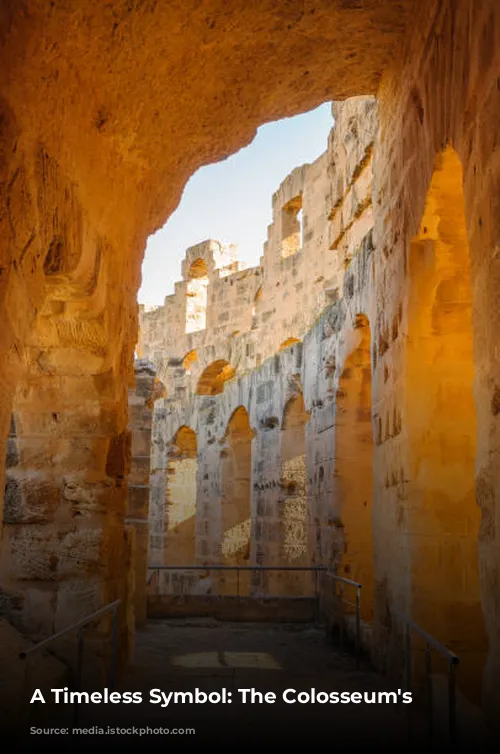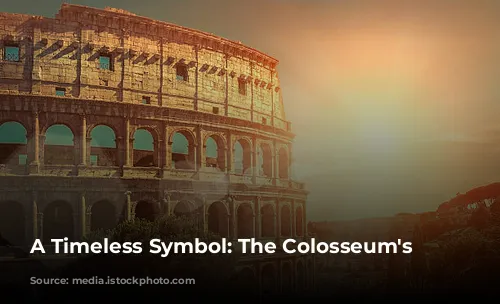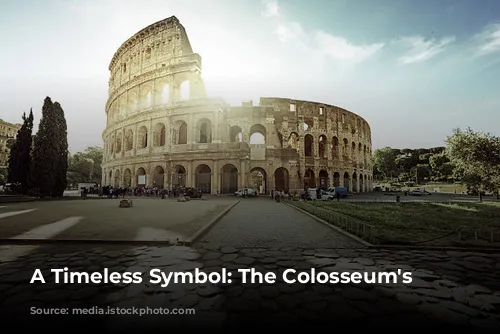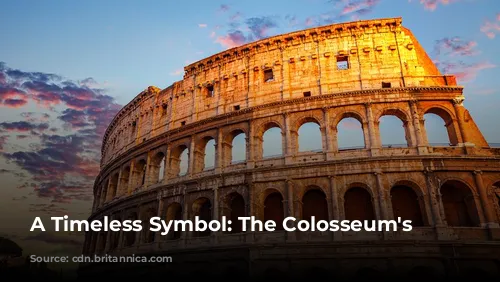The Colosseum, a towering testament to ancient Rome’s architectural prowess and engineering brilliance, stands today as one of the few largely intact structures from that bygone era. This iconic monument isn’t just a relic of the past; it’s also a vital engine for Italy’s tourism economy, drawing in millions of visitors every year. In 2018 alone, the Colosseum, Roman Forum, and Palatine Hill collectively generated over $63.3 million (€53.8 million), making them the most profitable tourist attraction in all of Italy.
From Arena to Quarry: The Colosseum’s Troubled History
The Colosseum’s journey through time has been far from smooth. Following the fall of the Western Roman Empire, the once-grand arena fell into a state of severe neglect. During the 12th century, powerful families, like the Frangipane and Annibaldi, repurposed the Colosseum, turning it into a fortified stronghold. In the late 15th century, Pope Alexander VI even sanctioned the use of the Colosseum as a quarry, stripping away its majestic marble and decorative materials. After over a thousand years of neglect and abuse, restoration efforts, funded by the Italian government, finally began in the 1990s, breathing new life into this ancient masterpiece.
A Symbol of Imperial Power and Entertainment
The Colosseum’s construction was a bold statement of Roman imperial power, designed to revitalize Rome after the turbulent year of the Four Emperors in 69 CE. Like other amphitheaters of the time, Emperor Vespasian envisioned the Colosseum as a spectacular entertainment venue, hosting thrilling gladiator battles, thrilling animal hunts, and even awe-inspiring mock naval battles, captivating the Roman populace.
From Humble Beginnings to Grand Completion
Construction of the Colosseum commenced under Emperor Vespasian between 70 and 72 CE. Its completion, marked by a 100-day grand celebration, was overseen by Vespasian’s son and successor, Emperor Titus, in 80 CE. Emperor Domitian, Titus’s brother, added the Colosseum’s fourth story in 82 CE. The arena’s financing held a dark and controversial history, fueled by the plunder acquired from Titus’s conquest of Jerusalem in 70 CE, and constructed with the labor of enslaved Jews from Judaea.
A Monument to Engineering and Design
The Colosseum, also known as the Flavian Amphitheatre, is an elliptical structure constructed of sturdy stone, concrete, and tuff, reaching four stories high at its apex. Measuring a staggering 620 by 513 feet (189 by 156 meters), the Colosseum could accommodate up to 50,000 spectators, showcasing its impressive scale and capacity. This iconic arena became synonymous with the brutal yet captivating sport of gladiatorial combat, a centerpiece of Roman entertainment.
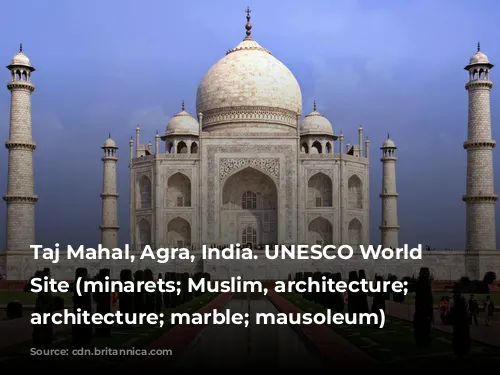
A Masterpiece of Architecture and Engineering
The Colosseum’s location, chosen with both practical and symbolic considerations, lies just east of the Palatine Hill, on the site of Nero’s opulent Golden House. The artificial lake, once the centerpiece of Nero’s palace complex, was drained to make way for the Colosseum. Emperor Vespasian, whose own rise to power was far from luxurious, deliberately replaced Nero’s private lake with a public amphitheater, a grand gesture that emphasized a shift from tyranny to public service.
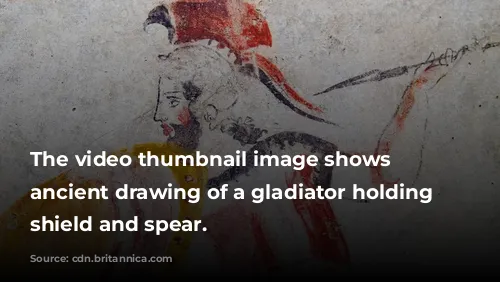
A Symbol of Roman Architectural Genius
The Colosseum’s construction was an engineering marvel, utilizing a complex system of barrel vaults and groin vaults to create a freestanding structure of stone and concrete, unlike earlier amphitheaters, which were often carved into hillsides. Three of the arena’s stories are adorned with arcades, framed by engaged columns, showcasing the Doric, Ionic, and Corinthian orders, a design that later served as the foundation for the Renaissance’s codified “assemblage of orders.” The Colosseum’s exterior is primarily crafted from travertine, while volcanic tufa forms its secondary walls, and concrete comprises the inner bowl and arcade vaults.
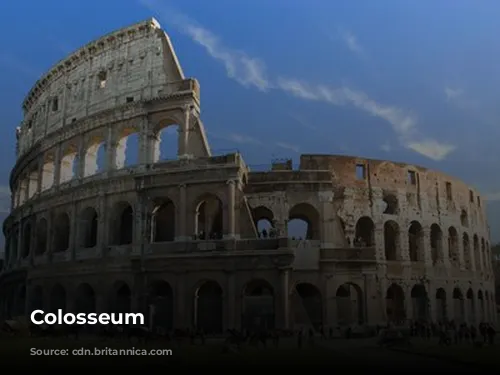
A Colosseum’s Ingenuity: Sun Protection and Naval Battles
The Colosseum’s ingenious design included a massive retractable velarium (awning), shielding spectators from the scorching Roman sun. This elaborate system relied on supporting masts extending from corbels built into the Colosseum’s top story, requiring hundreds of Roman sailors to manipulate the rigging, effectively controlling the velarium’s extension and retraction. The Colosseum witnessed thousands of captivating events, including intense gladiatorial combat, thrilling man-versus-animal contests, and even grand mock naval battles, captivating Romans for generations. However, whether the Colosseum was the site of early Christian martyrdoms remains uncertain.
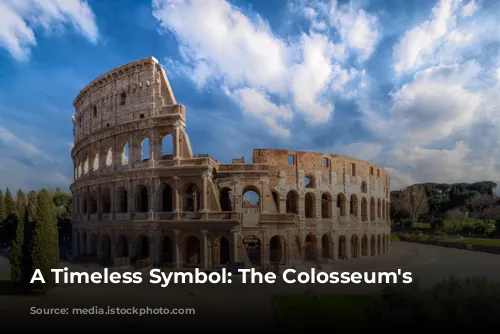
A Colosseum’s Transformation: From Glory to Neglect to Restoration
During the medieval period, the Colosseum was repurposed as a church, then as a fortified stronghold by powerful Roman families like the Frangipane and Annibaldi. Over time, the Colosseum suffered from lightning strikes, earthquakes, vandalism, and pollution, resulting in the disappearance of its majestic marble seats and decorative elements. For over a millennium, the Colosseum was treated as a quarry, its grandeur stripped away. Preservation efforts began in earnest in the 19th century, with notable contributions by Pope Pius VIII, and a major restoration project was launched in the 1990s, revitalizing this ancient symbol of Roman glory.
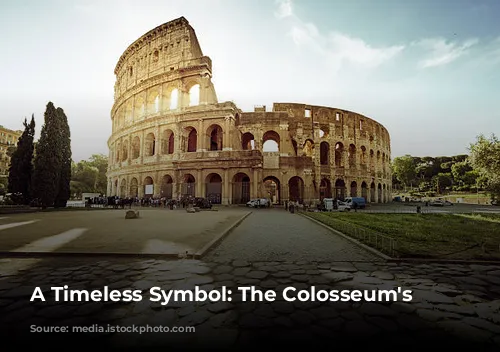
A Timeless Legacy
The Colosseum continues to be one of Rome’s most cherished tourist attractions, drawing in nearly seven million visitors annually. The Colosseum hosts regular changing exhibitions, illuminating the captivating culture of ancient Rome, ensuring that its timeless story continues to resonate with visitors from across the globe. The Colosseum stands as a testament to the enduring power of architecture and a reminder of the grandeur and complexity of the Roman Empire. It’s a powerful symbol of Roman history, a source of continued fascination and awe, and a vital piece of the cultural heritage that continues to captivate and inspire generations.
